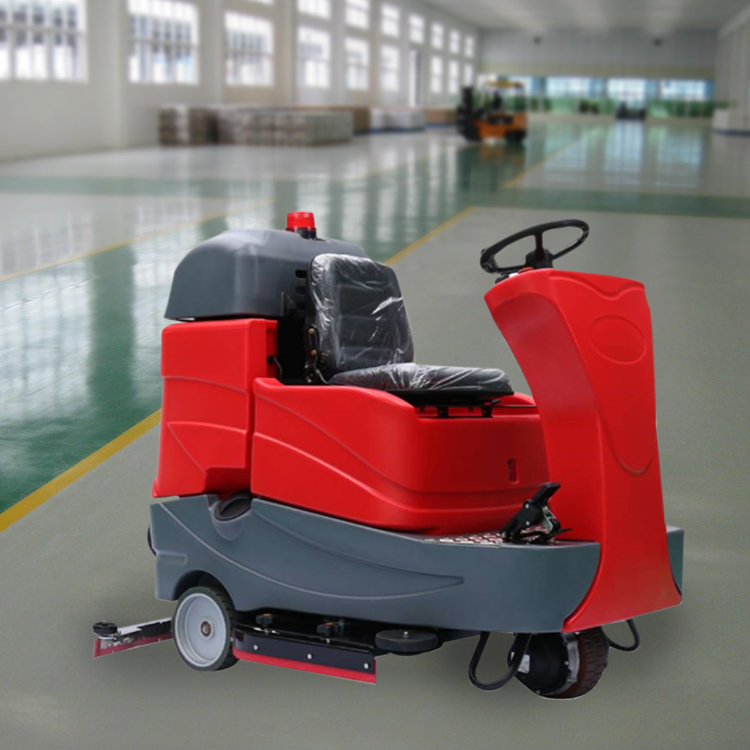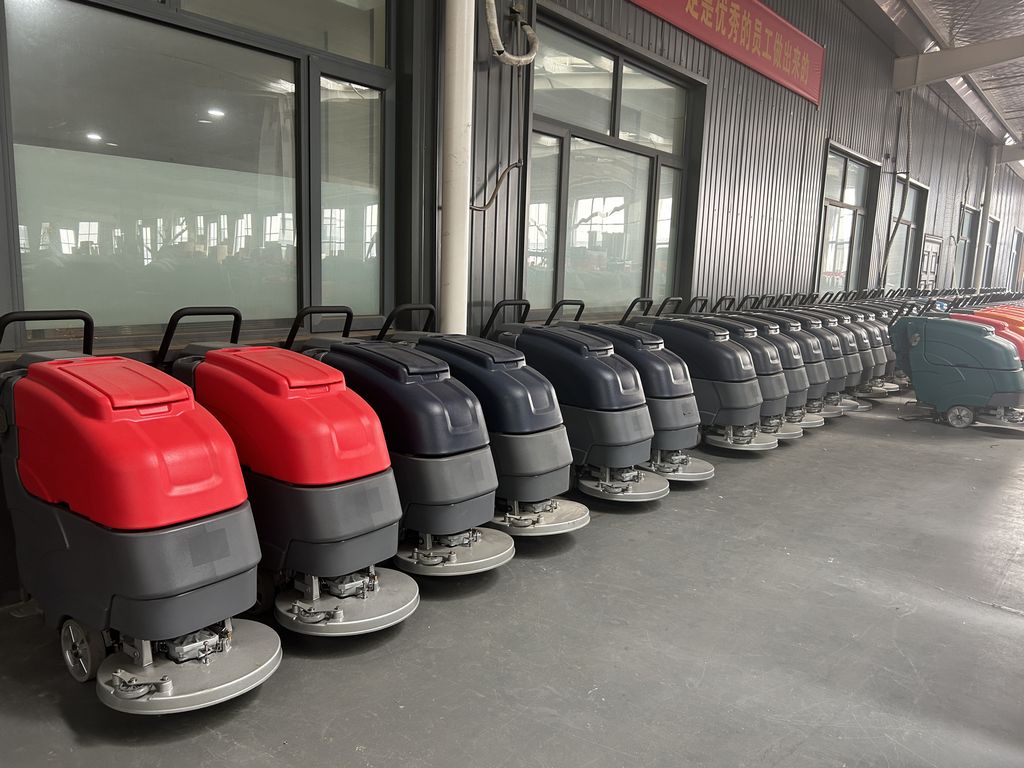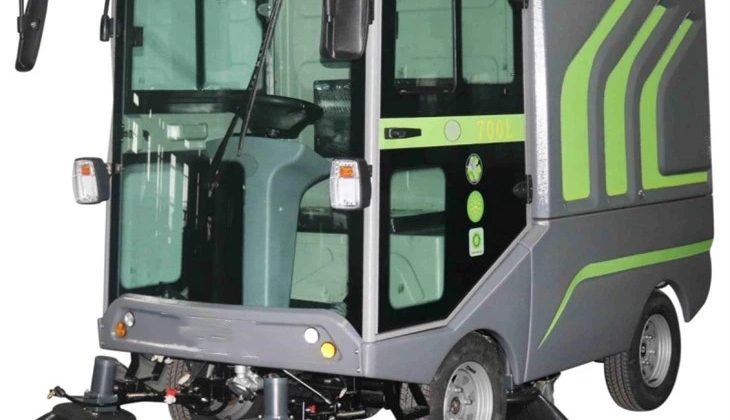
You know, I’ve been working late a lot lately. Between deadlines and coffee runs, it’s easy to forget how much the tools we use shape our world. But last week, I stumbled into a factory tour (long story involving a wrong turn and an overly enthusiastic engineer), and that’s where I saw a planetary machine in action. Let me tell you—these things are *quietly* changing how we build everything from car parts to space tech.
So, what exactly is a planetary machine? Imagine a gear system where multiple smaller gears (called “planet gears”) rotate around a central “sun gear.” This setup isn’t just for show—it’s a powerhouse for torque distribution and speed control. The name “planetary” comes from the way those smaller gears orbit the center, kinda like planets around a star. Cool, right? But here’s the kicker: this design isn’t new. Ancient engineers used similar concepts in water clocks and early machinery. Fast-forward to today, and planetary machines are the unsung heroes in industries demanding precision, like aerospace and robotics.
Why should you care? Well, let’s talk effeciency (oops, spotted that typo yet?). Planetary systems minimize energy loss by evenly spreading load across multiple gears. That means less wear and tear, longer lifespan, and—here’s the big one—cost savings over time. A factory manager I met during that accidental tour swore these machines cut their maintenance budget by 40% last year. Not too shabby for a bunch of spinning metal rings.

Now, let’s get nerdy for a sec. The real magic happens in applications like wind turbines and electric vehicles. Wind turbines using planetary gearboxes can handle unpredictable gusts without shaking apart. EVs? Their compact motors rely on these systems to deliver smooth acceleration without hogging space. Even your smartphone’s vibration motor owes a tiny debt to planetary principles (though I wouldn’t recommend taking one apart to check).
But here’s where things get personal. That factory visit got me thinking about how we overlook the “boring” machines that keep our lives running. Planetary machines don’t make headlines like AI or quantum computing, but try building anything complex without them. They’re the backstage crew of the industrial world—quiet, essential, and brutally underappreciated.
Looking ahead, materials science is pushing these systems further. Companies are experimenting with carbon-fiber gears and AI-driven lubrication systems to boost performance. One startup even claims their planetary machine can self-repair minor cracks using embedded nano-materials. Sounds like sci-fi, but if it works, we’re looking at machinery that outlasts its human operators.

So next time you see a sleek electric car or a wind farm spinning lazily in the distance, remember: there’s a good chance a planetary machine is working overtime behind the scenes. And who knows? Maybe that wrong-turn factory tour was fate’s way of reminding me—and now you—that sometimes the most revolutionary tech isn’t the flashiest. It’s the stuff that just… works. Relentlessly.
Oh, and if you’re ever offered a factory tour? Take it. You’ll either gain a new appreciation for planetary machines or at least score free cafeteria coffee. Win-win.

